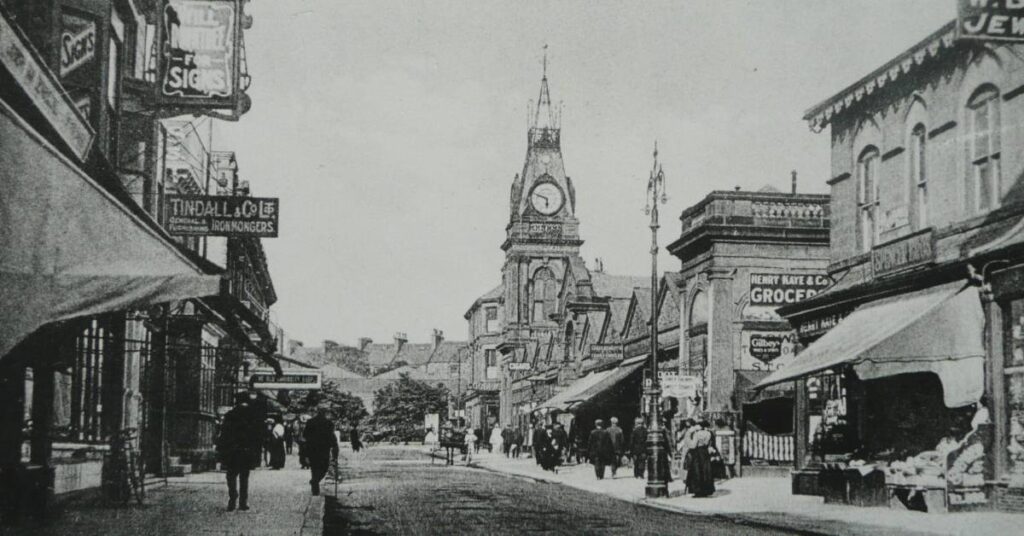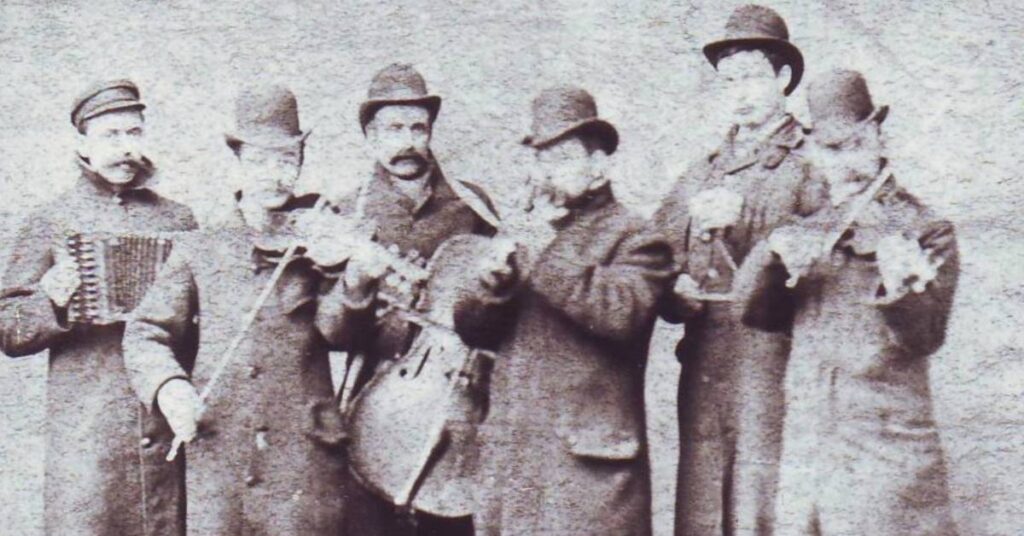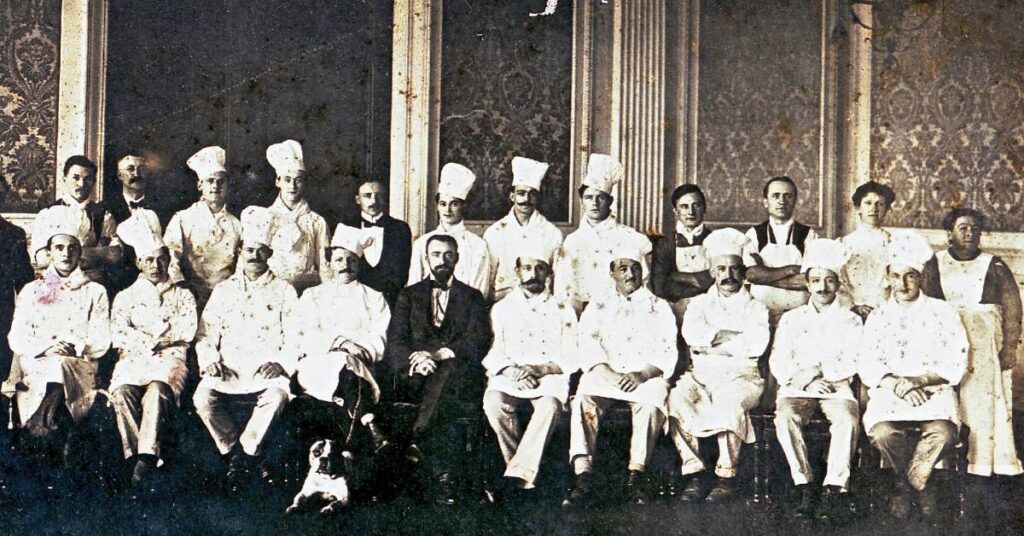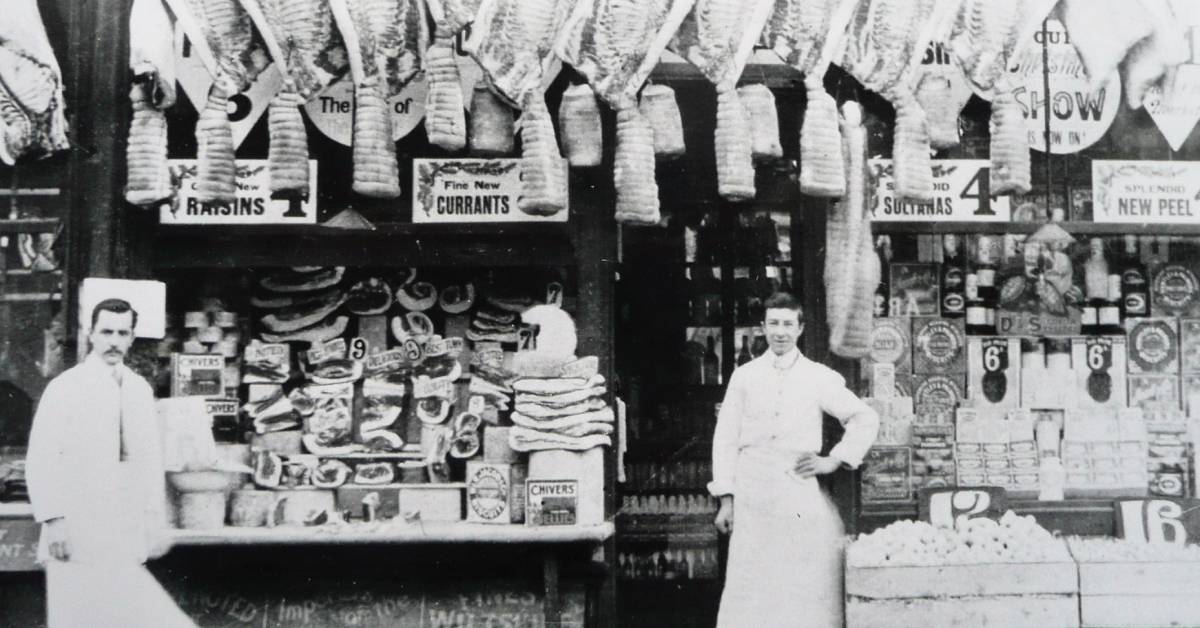This festive history is written for The Stray Ferret by celebrated Harrogate historian, Malcolm Neesam.
It is often said that much of our modern Christmas was introduced by either Charles Dickens or Prince Albert. For the great majority of Harrogate’s Victorian citizens, Christmas was not only an important religious festival, but a welcome break from the long working week. Then, as now, children played a central role in the Christmas festivities, but it was perhaps the role of the church which was paramount in shaping the form and content of the Victorian Christmas.
Harrogate’s principal shopping streets usually began to take on a seasonal appearance in the first week of December, with their shop windows being packed with desirable consumables of every type, many of which were advertised as “products of the Empire”.
In those days, it was seldom possible to look through a shop window directly into the shop’s interior, as window backs were solid, and lined with racks on which as many goods as possible were crammed. Typical of these were Harrogate’s two most fashionable grocers, Woods, which occupied premises now filled by Ogdens, and Standings, which stood at the corner of James Street and Station Square. Their solid windows prevented natural light from illuminating the interiors, so even on sunny days, light came from gas globes, which often hissed and popped in accompaniment to the whizzing of pneumatic tubes which sent receipts and change to customers on every floor.

Cambridge Street 1905
Woods and Standings were patronised by Harrogate’s wealthier customers, whereas the majority did their Christmas Shopping at the old Market at the end of Cambridge Street, where the Market’s external shops were festooned with festive poultry – chickens, ducks, and above all, geese, which were the centre-piece of Christmas in 1900, which was Queen Victoria’s last Christmas. Turkey was not unknown, but still rather a rarity. In the days before home freezing was available, people usually left their shopping for festive foods until the latest possible moment.
Children’s toys could be had from specialist shops in Lowther Arcade, which linked Cambridge and Oxford Streets, the Market, and shops in town centre streets. The better quality toys came from Germany, particularly Nuremberg, which specialised in mechanical toys of tin and wood.
Harrogate’s Churches vied with one another to provide Christmas-themed concerts, with such pieces as “Messiah” and “Elijah” being regulars. The main celebration of Christmas day naturally included plenty of recitals of Christmas Carols, but music from a much older tradition came with the Harrogate Waits, who not only performed old Christmas pieces in the town centre, but also in the more modest surroundings of Smithy Hill, New Park, Tower and Union Streets. Secular entertainments included the performance of “Marianna” at the new Grand Opera House, which had opened in January 1900

Original Harrogate Christmas Waits
Perhaps the most spectacular Christmas festivities could be found at the newly opened Hotel Majestic, one of whose guests during December 1900 was Winston Churchill, another being Samson Fox and his family, who stayed there during the rebuilding of Grove House. For the majority of Harrogate people, the new century seemed to offer unparalleled opportunity, and the Christmas of 1900 seems to have been celebrated with great enthusiasm.
Merry Christmas to you all!
Malcolm

Majestic kitchen staff with mascot bulldog!







